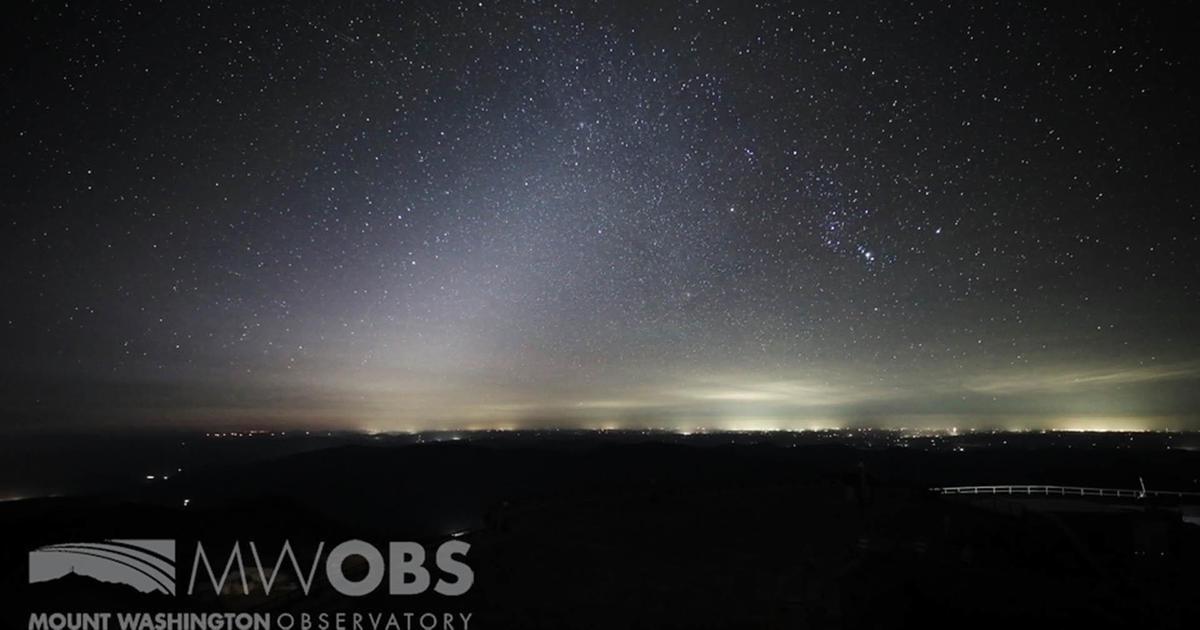James Webb Space Telescope makes "surprising" discovery in halo of dying star
New images from the James Webb Space Telescope have revealed intricate details of a dying star's final stages, NASA said Monday. The Ring Nebula images, featuring a glowing halo and vibrant colors, also led to a surprising discovery, one astronomer said.
Webb's Mid-Infrared Instrument provided the clearest view yet of the faint molecular halo, the space agency said. It captured up to 10 concentric "arcs" in the halo, which scientists believe formed about every 280 years as the central star shed its outer layers.
Roger Wesson, a research associate at Cardiff University who reviewed the Webb telescope's observations, called the discovery of the arcs a "surprising revelation."
"When a single star evolves into a planetary nebula, there is no process that we know of that has that kind of time period," Wesson said. "Instead, these rings suggest that there must be a companion star in the system, orbiting about as far away from the central star as Pluto does from our Sun. As the dying star was throwing off its atmosphere, the companion star shaped the outflow and sculpted it. No previous telescope had the sensitivity and the spatial resolution to uncover this subtle effect."
These aren't the first images of the Ring Nebula. The Hubble telescope captured images of it in 2013. The detailed Webb images revealed curious "spikes" in the Ring Nebula that were only faintly visible in the Hubble images.
"When we first saw the images, we were stunned by the amount of detail in them," Wesson said. "The bright ring that gives the nebula its name is composed of about 20,000 individual clumps of dense molecular hydrogen gas, each of them about as massive as the Earth."
The Ring Nebula is considered an ideal target to help scientists learn more about planetary nebulae, regions of cosmic gas and dust formed from the cast-off outer layers of dying stars, NASA said. The first planetary nebula ever discovered was spotted way back in 1764. They were once thought to be simple, round objects with a single, dying star at the center.
"Modern observations, though, show that most planetary nebulae display breathtaking complexity," Wesson said. "It begs the question: how does a spherical star create such intricate and delicate non-spherical structures?"
The Ring Nebula was first discovered by French astronomer Antoine Darquier de Pellepoix in 1779. It's about 2,000 light-years away in the constellation Lyra. It can be spotted using a moderately-sized telescope.
for more features.




